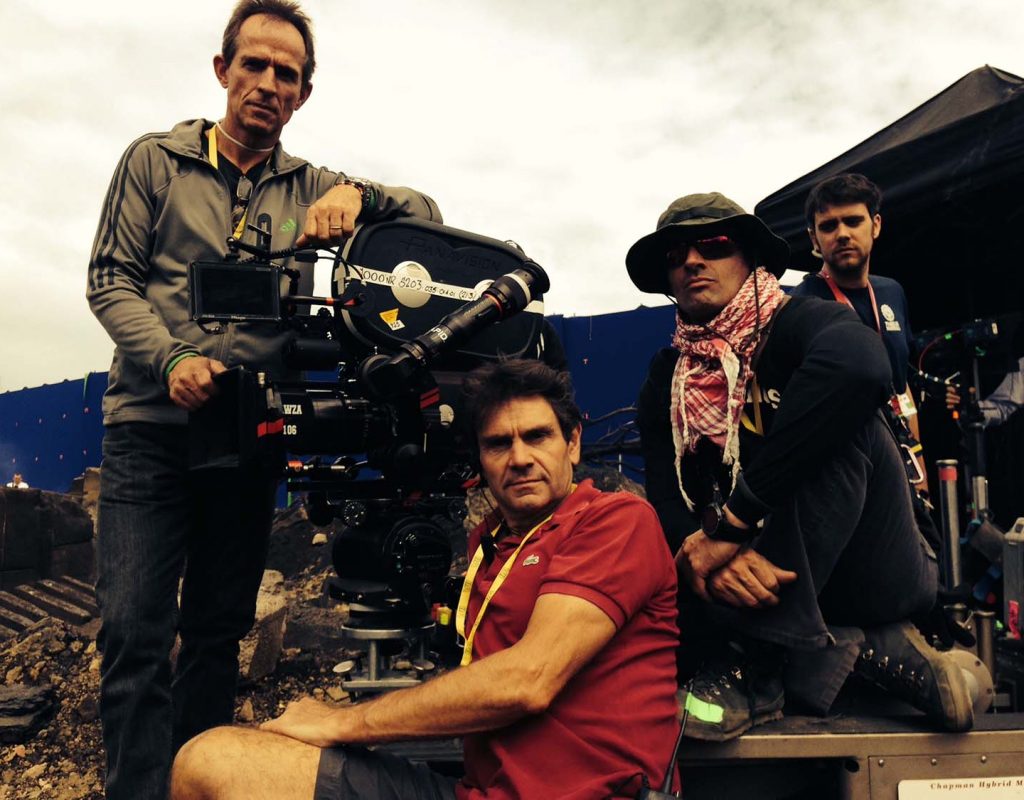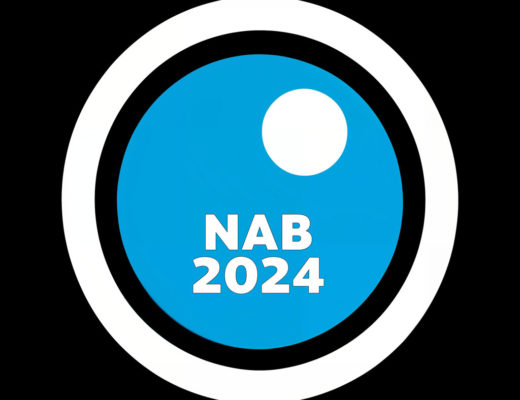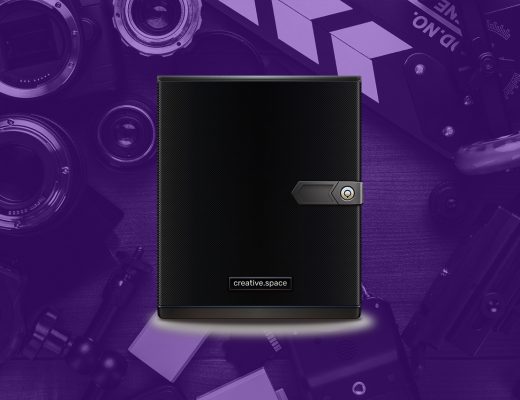Publishing news still means evaluating what is worth to be “in thenews”. Therefore pieces of information are gathered. The sources forstory-starters are traditionally news agencies, TV, broadcasting andtoday of course the internet providing a large variety of new sources.
All those pieces which today areusually provided in digital representation, can be called assets. So it ismore than usefulto bundle andstream all these pieces into onessystem.
For users (i.e. people working onpublishing news) it is very efficient tohave just one tool for reseachingtheir main sources.
The second main aspect is to fosterthe creation of efficient workflows.The de Pers Groep (DPP) has set up a great production system, coveringall steps from the integration of information sources to specialized editorclients and further on to a seamless integration with the productionsystem.
Finally a process for automated archiving is triggered. The solid foundationof such a system is a stable and fast enterprise class DAM providingopen interfaces to connect all the workflow components and applications publisher usually work with. Basically, a DAM like dio:contenthelps tailoring an integrated, efficient production system, connectingworkflows and applications which hitherto often existed as isolatedislands.
How is DAM different from a database?
A database is an essential part of a DAM. Like with any other system,a “pure” database is perfect to store information of any kind and doingthe math to shuffle it around. A DAM is something on top of a database:First aim is to provide a convenient view onto all the “drowned”pieces of data, helping to convert them into useful information. Editorsusually do not want to learn a complex query language and workwith command line tools, thus intuitive search interfaces need to beprovided.
The presentation of information should be adaptable to a user’s needs- e.g. searching for articles: Do you prefer just to browse the headlinesand read the whole article for interesting headlines? Do you preferreading abstracts, automatically created by the DAM? Would you like tofind matching articles, images or videos on a click? Or is it more suitableto browse information already clustered to topics and sorted bycategory? All this is DAM-logic helping to get a grip on the vast streamsand archives of data ? helping to turn them into useful information.
What benefits do users get from DAM?
A DAM should be able to do a balancing act: there are different kindsof users. Some would like to work with very simple search patterns,like “show the latest images” to find a strong image making up a story.Would prefer to search a specific article from the archive, and so needto apply far more complex search patterns.
Both groups strongly benefit when pointed to additional, matching informationalong the way, arranged in a useful and easy-to-use manner.Futhermore, DAMs should provide a convenient way to interact withexisting systems and applications. This means integrating into heterogeneousIT environments, so from the IT department?s point of view abrowser based solution is desirable.
What is the future role of DAM for the publishing industry
Integration and conditioning.
Integration and adaption of existing and oncoming sources of information.Integration of well established tools, like a print production systemor a CMS for online publication. Routed information will be adaptedautomatically for different production channels based on publisher’production landscape.

Filmtools
Filmmakers go-to destination for pre-production, production & post production equipment!
Shop Now
![Why is digital asset management important for news publishers? 3 Reblog this post [with Zemanta]](http://img.zemanta.com/reblog_c.png?x-id=60ee22e2-8775-465f-a7b6-c9a3168ac5bd)












